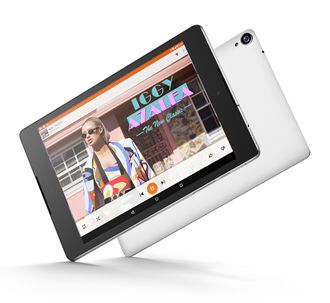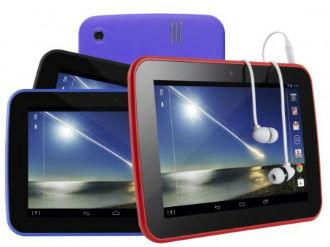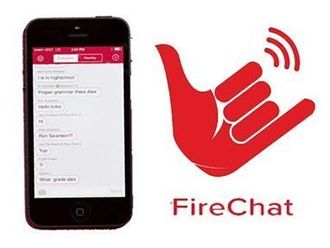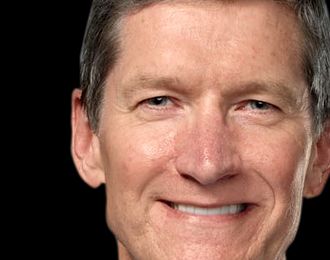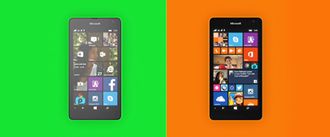 Software giant Microsoft released its Lumia 535 and 535 dual SIM smartphones yesterday, confirming news that it has decided to drop the Nokia brand name.
Software giant Microsoft released its Lumia 535 and 535 dual SIM smartphones yesterday, confirming news that it has decided to drop the Nokia brand name.
Both phones run Windows Phone 8.1.
The smartphones have a five megapixel front facing camera, a five inch display and will be released into the wild in “key markets” this month.
While pricing will vary depending on the different territories and operators, Microsoft predicts a typical retail price will be around 110 Euro.
The phones come in bright flashy colours like bright green and bright orange, but there are more sober hues too, such as cyan, white, dark grey and black.
Bundled with the phones are Skype, a pre-installed Office suite, 15GB of its cloud storage – One Drive, It also comes with Outlook and a personal “assistant” called Experience Cortana.
